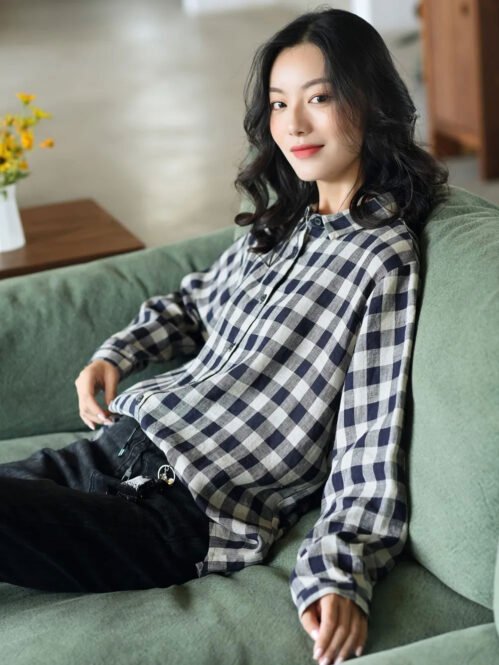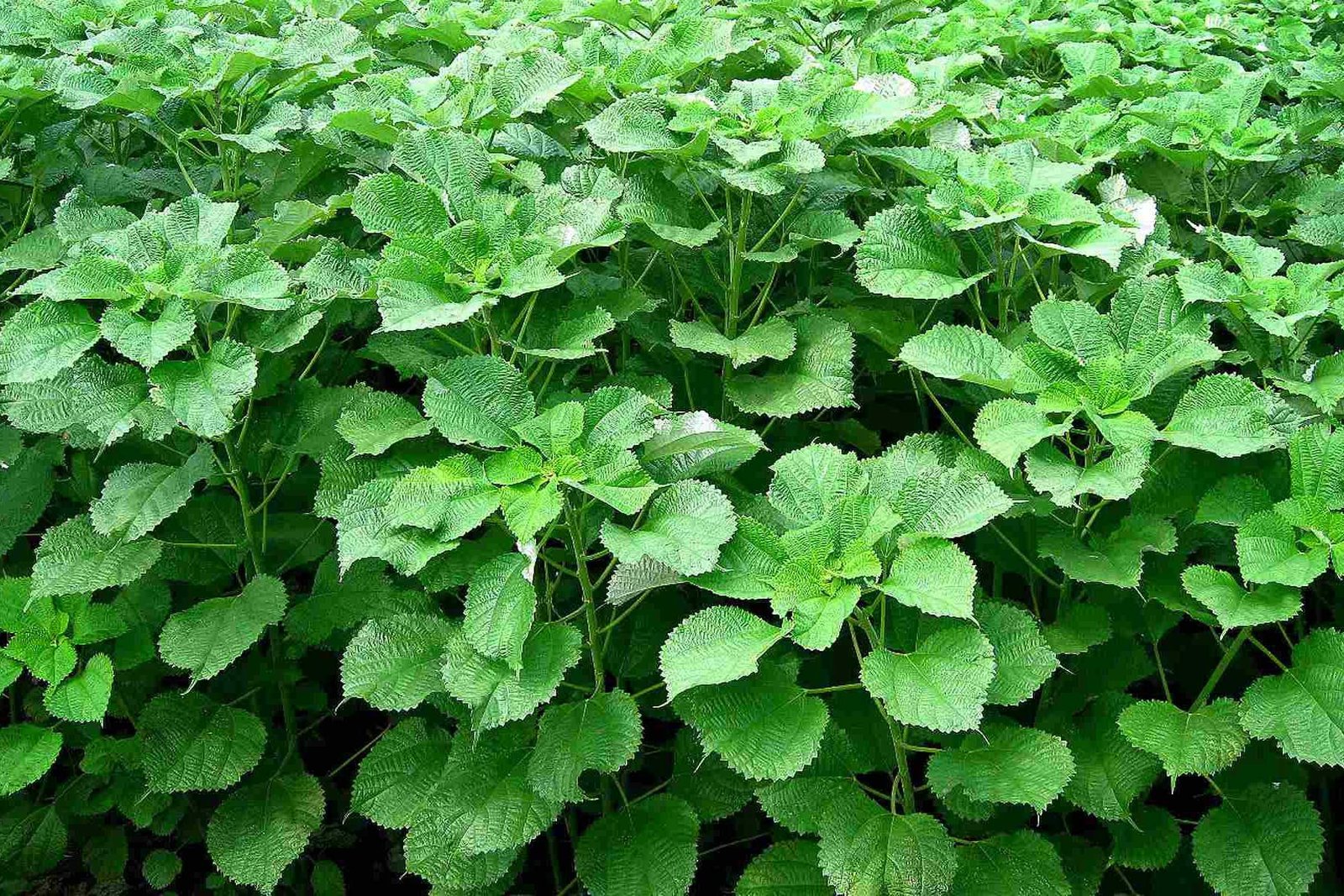Native to China, ramie is a linen-like fibre made from nettles and which is classified as a cellulose fiber, just like cotton, linen and rayon. Ramie fibers comes from the stem of a nettle plant called China grass (Boehmeria nivea). It looks similar to European nettle but it does not have prickles.

Description
A strong plant fiber that is similar to linen.
Ramie, also commonly known as China grass or rhea, is one of the oldest fibers cultivated for textiles. It is also one of the strongest natural plant fibers. Naturally white in color and with silk-like luster, is similar to linen.
To improve its properties, it can also be blended with other fibers Including cotton, polyester, and wool.
Background
Story
Ramie has been used since prehistoric times in China, India, and Indonesia. It was used in ancient Egypt and known in Europe during the Middle Ages. The usage of ramie increased in the mid-1980s due to a renewed interest in natural fibers.
Manufacturing
Crops, which are usually propagated with cuttings from underground stems (rhizomes), grow best in well-drained sandy soil and in warm moist climates with evenly distributed rainfall averaging at least 75 to 130 mm (3 to 5 inches) per month. Harvesting takes place when the lower portion of the stalk turns brown and the tips of new stalks appear. The stalks are usually cut by hand. Ramie fibres are obtained by decortication, a hand or mechanical process in which the bark and the adhering fibre are separated from the stalk and soaked in water, allowing the fibre to be scraped from the bark.

Expertises
Characteristic
- Stiff and brittle, but softens with age and washing
- Strength increases when wet
- Holds garment shapes well
- Increases in silkiness after washing
- Withstands high temperatures
- Low elasticity
- Releases moisture quickly
- More absorbent than cotton
- Antibacterial and mold resistant
- Takes dye well but is prone to discolor and crock
- Tends to shrink slightly
- Prone to wrinkle and break when sharply creased
- Easily gathers static electricity
Uses
Ramie is used to make such products as industrial sewing thread, packing materials, fishing nets, and filter cloths. It is also made into fabrics for household furnishings and clothing, frequently in blends with other textile fibres. Shorter fibres and waste are used in paper manufacture. Ramie leaves are edible and are a key ingredient in certain gelatinous rice cakes and rice dumplings in parts of East Asia.
Extraction of Ramie Fiber
The process of transforming the ramie fiber into a textile, is similar to the process that is used to produce linen fabric from Ramie linen blend flax. You can discover more about the process in this post on linen production and flax cultivation.
Ramie Cultivation
Ramie is best grown in loamy and sandy loam soil with a Ph of between 5.5 and 7.0. A warm humid climate is essential for cultivating ramie. The annual rainfall needs to be between 1,500mm and 3,000mm and well distributed throughout the year. Optimum temperature for growing ramie is 25 degrees Celsius and 35 degrees Celsius.
Social
12k followers
30k likes
Youtube
22k subscribers
8k followers
Have a project in mind?
If you have a great idea, reach out to me. Whether it is a small or big project, I will listen first and get back to you with a plan.

